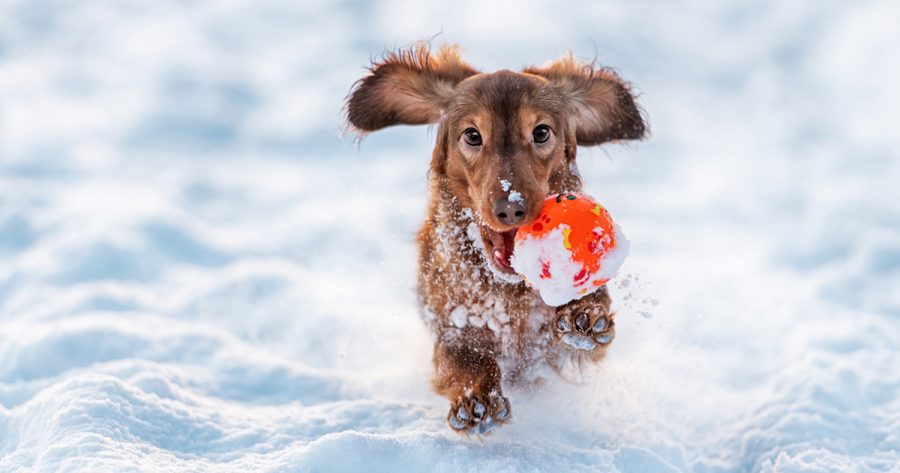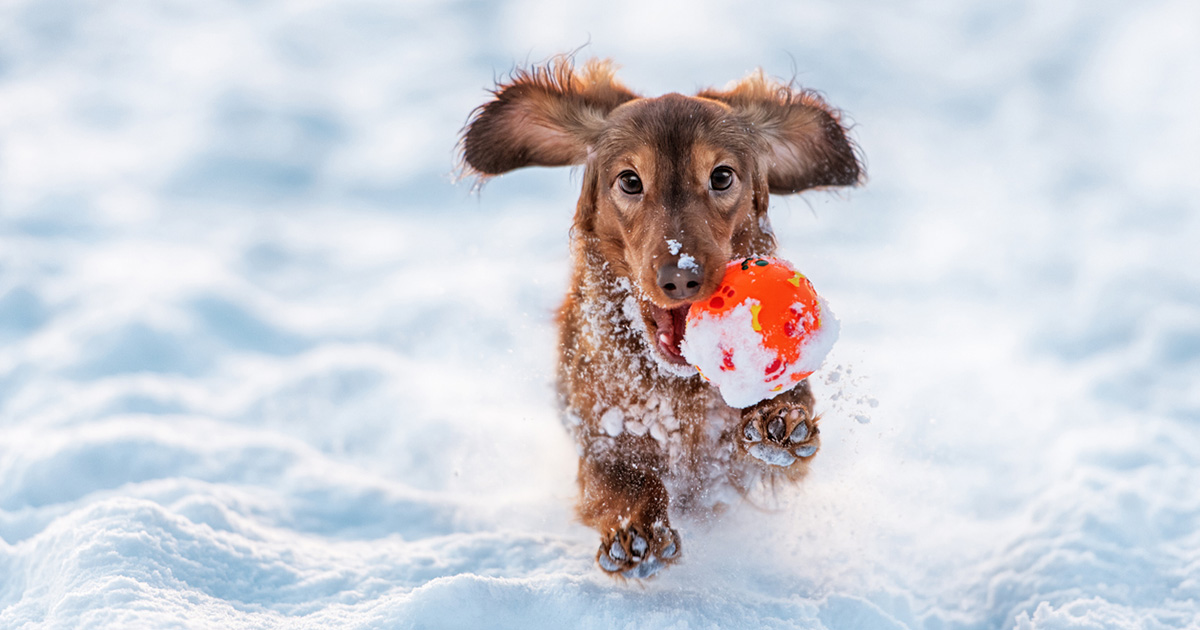
10 Tips to keep your pets safe during winter in South Africa
South Africa is facing an extreme winter-weather horror, featuring heavy rains, floods, snowfall and even landspout tornados. During a weather disaster, it is important to remember that what effects humans, can also effects our pets, and as pet owners we have the responsibility to keep our fur-family safe. Animal protection organisation Humane Society International/Africa shares […]

South Africa is facing an extreme winter-weather horror, featuring heavy rains, floods, snowfall and even landspout tornados. During a weather disaster, it is important to remember that what effects humans, can also effects our pets, and as pet owners we have the responsibility to keep our fur-family safe.
Animal protection organisation Humane Society International/Africa shares ten tips to help keep our pets healthy and safe during a winter-weather disaster:
1. Keep your pet inside as much as possible.
The safest place for your pet during a storm is inside with you. Make sure the room is well-equipped with food and water, and a cosy place to rest, and think of a potty-solution if the weather doesn’t permit your pets to go outside.
2. Pet-proof the room you are keeping your pets in…
by removing any toxic chemicals or plants that can poison your pet, getting rid of any small or sharp objects that can hurt your pets and closing off areas where frightened pets could get stuck in. If you are using heated beds and pads, make sure there are no exposed wires that the animals could chew on or that could cause a fire. Remember not to leave these items on when you are not at home to monitor them.
3. Never leave a pet chained.
Whether your pets are indoors or outdoors, do not keep them constricted to a chain. Your pets need to be able to move to protect themselves in a case of emergency. If not, your pet could potentially drown in the case of a flood or cut/strangle itself while trying to escape.
4. Keep your pets dry.
Rainwater can leave your pets’ fur damp, leading to skin infections and discomfort. If your pets have been outside and got wet, dry them with a towel after they come indoors and provide them with a cosy spot to warm up. Standing water and puddles can also contain harmful bacteria and parasites, so it is important to keep their hygiene up to scratch.
5. Protect pets from snow-related dangers like road salt and antifreeze.
Rock salt and other chemicals used to melt snow and ice can irritate the pads of your pets’ feet. Be sure to wipe all paws with a damp towel before your pet licks them and irritates his or her mouth and check your pets’ feet and pads to look for any chapping or cracking. Dog boots can also help protect from these irritants.
6. Protect your pets against hyperthermia.
If you are getting cold, so are your pets, and just like humans, animals can catch hyperthermia from extremely cold temperatures. Don’t leave your pets out in the cold for long periods in time and make sure they have enough blankets, jerseys, or other forms of heat. Remember that extremities (hands, feet, ears and nose) need protection too.
7. Keep cats away from your car engine
Cats (and some wildlife) will take advantage of a warm car engine in winter and may still be under your car’s hood hours later. Bang on the hood to scare them off before starting your car. As an alternative, consider making an insulated cat box so they have somewhere warm to retreat.
8. If you must evacuate your home, don’t leave your pets behind!
It is your responsibility as a pet owner to include your pets in your disaster plan to keep them safe during an emergency. If you must seek accommodation in a shelter, find out which shelters in your area will welcome you and your pets.
9. Identify your pets.
Your pets might get frightened during extreme weather conditions and run off in search of safety. Make sure your pets are always wearing collars and tags with your up-to-date contact information or other identification in order to get them back home safely.
10. Seek emergency medical attention.
If you suspect that your pet is suffering from injury or illness, contact your local veterinarian immediately or rush your pet to the closest veterinary hospital. If you notice another animal suffering, please contact your local NSPCA and wait with the animal (cautiously) while you wait for help to arrive.
For more pet safety resources:
- 5 ways to protect pets this winter
